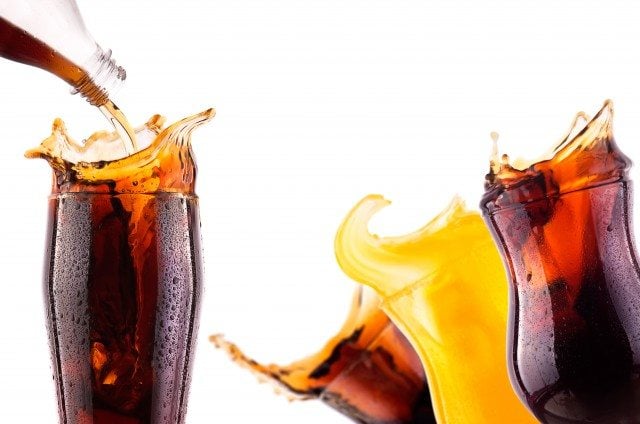Although children and adults drank less sugar-sweetened beverages (SSBs) from 2003 and 2014, researchers find consumption remains high among adolescents and young adults, and is particularly high among black, Mexican American, and non-Mexican Hispanic populations.
“SSBs are a leading source of added sugar to the diet for adults and children in the U.S. and their consumption is strongly linked to obesity,” said first author Sara Bleich, professor of public health policy, Harvard T.H. Chan School of Public Health.
“Understanding which groups are most likely to consume SSBs is critical for the development of effective approaches to reduce SSB consumption.”
The study, published recently in Obesity, is reportedly the first paper to present the most recent national data on beverage consumption from the Nutrition Examination Survey (NHANES), which is the gold standard for understanding consumption trends and patterns at a national level.
Bleich and her colleagues examined data collected from 18,600 children aged two to 19, and 27,652 adults aged 20 or older, in the NHANES 2003-2014.
Participants were asked about their consumption of seven different beverage types in the previous 24 hours: SSBs, 100% juice, diet beverages, milk (including flavored milk), unsweetened coffee or tea, alcohol, and water.
The researchers found that overall beverage and SSB consumption declined for children and adults between 2003 and 2014.
In 2013-2014, 60.7% of children and 50.0% of adults reported drinking SSBs on a given day; in 2003-2004, 79.7% of children and 61.5% of adults reported drinking SSBs.
However, adolescents and young adults still consumed more than the recommended limit for added sugar set by the 2015-2020 Dietary Guidelines for Americans.
While white adults experienced declines in SSB consumption across almost all age groups, there were few other significant changes for other racial and ethnic groups.
SSB consumption remained highest among black, Mexican American, and non-Mexican Hispanic adolescents—groups at higher risk for obesity and type 2 diabetes.
Higher consumption of milk (compared to SSBs) among younger children and an increasing percentage of water drinkers among children and adults were two notable positive trends.
The increase in water consumption was a positive surprise, Bleich said.
“This suggests that messages about drinking non-calorie beverages are having an effect.”










